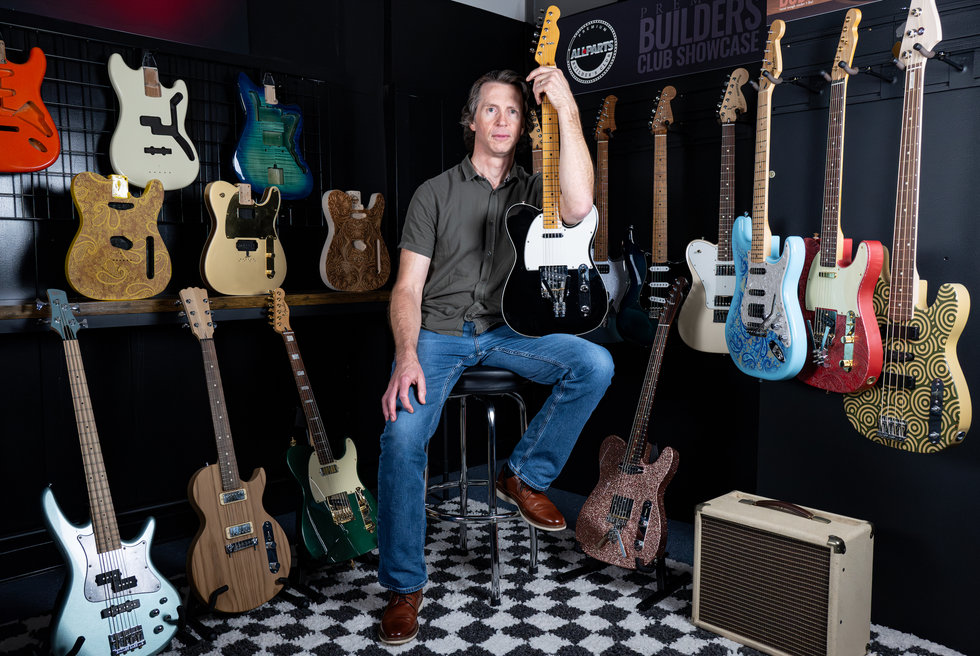The earliest expression pedals had a problem. They were extremely difficult to use. Operating the pedal with your foot required far too much effort. The pedals were difficult to control, in either direction, pressing or releasing. But don't let that discourage you from using one today—those first versions appeared a little over 300 years ago.
The term expression pedal refers to any device that can alter aspects of sound from an instrument by a continuous-action, foot-operated movement. Volume is an obvious one. Tone is another. And as you've just learned, it is by no means a recently coined term.
Organ-ic Developments
If you've ever played a pipe organ, you know that your hands don't control the power behind a note. Hitting a key on the keyboard soft or hard makes no difference. The power is generated independently by a device pumping air to the pipes. Each key releases a valve in a pipe.
Organists in the early part of the 18th century had no control at all over volume. A British craftsman named Abraham Jordan devised a solution in 1712. While pipe organs didn't have volume controls, some did have an echo feature. Of sorts. Organs were fitted with a second set of treble pipes, aka stops, enclosed in a box to simulate a more distant echo-like sound. Jordan's idea was to add shutters to that box. The organist stepping on a pedal, which lifted or lowered the shutters, operated them. The effect was called “swell"—an increase in volume that was sure to send chills down the spines of holy and not-so-holy churchgoers at the time. The result was dramatic, and churches around Europe quickly modified their organs' echo boxes in a likewise manner to adopt the swell effect.
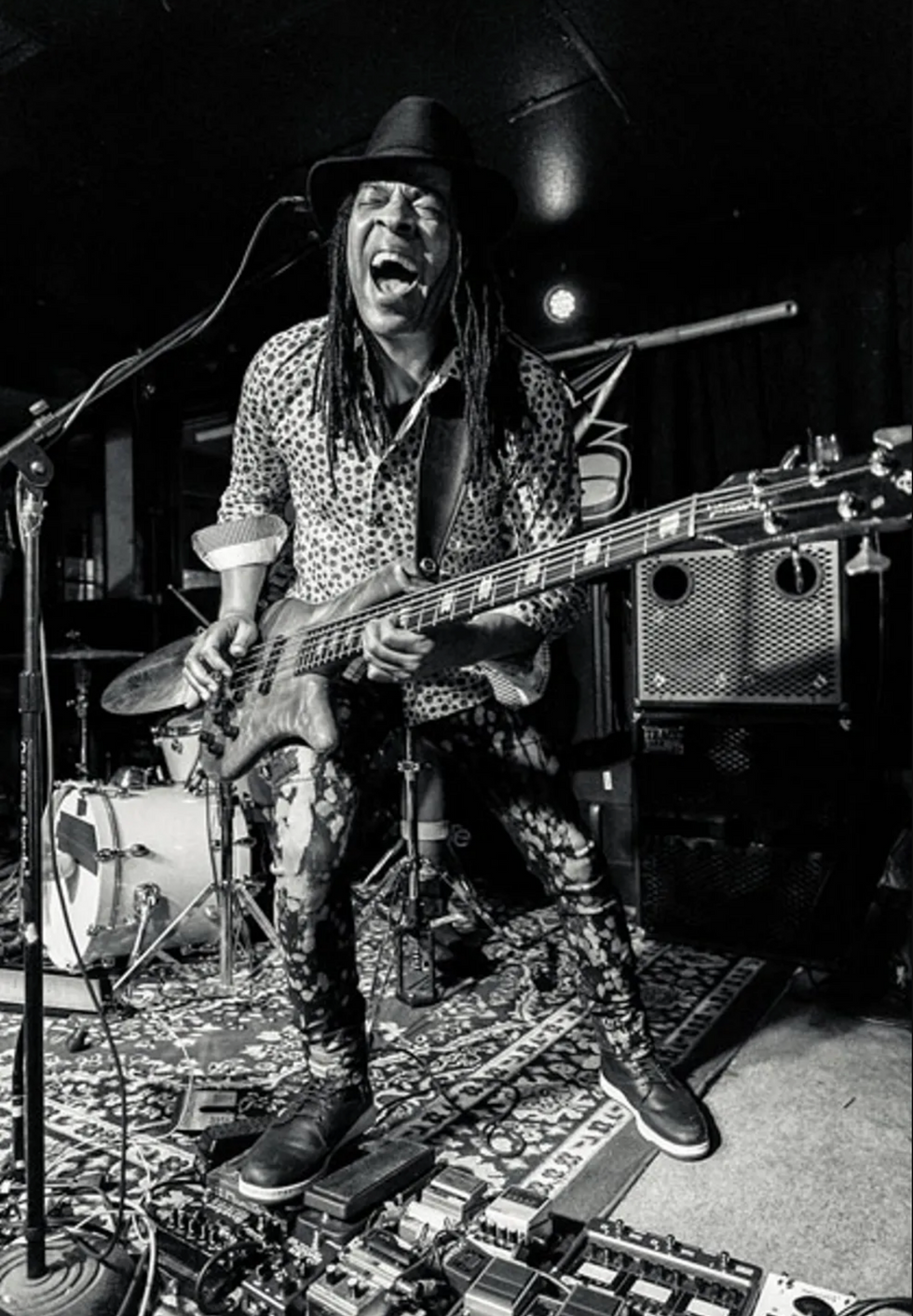
Jordan's original version of the pedal wasn't a great design. It worked, but excessive force was needed to operate it. Fifty or so years later came a simple but significant improvement. Builder Samuel Green fitted a pipe organ with a “Venetian style" swell, adopted from harpsichord designs, which was easier to control. As the name implies, this was a Venetian-blind type of arrangement. The pedal controlled the angle of a series of parallel slats on the echo box. In either form, the result in volume was analogous to opening and closing the upper lid on an upright piano: The pedal either kept the sound in or let the sound out. So for some instruments, expression pedals have given musicians the ability to modify sounds using their feet for quite some time.
6-String Theory
For electric guitars, expression pedal history doesn't go back nearly as far, although we can find strong connections to organs. Patents for volume controls on organs date to the late 1800s. By the early half of the 20th century, the Hammond Organ Company was equipping electric organs with pedals that could easily be adapted to guitar. For use with guitars specifically, DeArmond offered a freestanding foot pedal for volume control in the 1940s, to accompany pickups in their product line.
D'Armond's dual-purpose 610 pedal, which controlled volume and tone, was the opening salvo in the expression pedal revolution for electric guitar.
Pushing expression capabilities even further, the patent for Harry DeArmond and Leonard Meeker's 610 pedal for DeArmond/Rowe Industries dates to 1958. It wasn't exactly what you would consider a wah-wah pedal, but it was a dual-purpose pedal. Built like a tank, the foot pedal's up-and-down movement controlled volume, while side-to-side movement modified the tone. The result of these two basic features was identical to adjusting the volume and tone knobs on a guitar, but using your foot, of course, meant you could make those adjustments while still playing.
Guitarists learned to use the new foot-borne capability. Peter Van Wood used a Hammond pedal in 1955 to record an instrumental version of “Summertime," the George Gershwin classic, with his Gretsch archtop.
To hear the DeArmond 610 volume-and-tone control, specifically, in action, listen to Big Jim Sullivan's guitar on Michael Cox's recording of Chuck Berry's “Sweet Little Sixteen." Or his work on Dave Berry's “The Crying Game." (Also on the latter recording, you'll hear Jimmy Page on acoustic guitar. The moniker “Big Jim" differentiated the two session players.)
Following these, the wah-wah is the next most widely recognized example of an expression pedal. The Thomas Organ Company, in agreement with Jennings Musical Instruments of England, manufactured solid-state (and some tube) versions of Vox amps and keyboards in the U.S. In 1966, Bradley Plunkett of Warwick Electronics, the parent company of Vox and Thomas Organ, added a potentiometer to the MRB circuit (Mid Range Boost) being used on the Vox Continental organ. When that circuit moved into the housing of a Vox organ volume pedal, a whole new kind of expression for guitarists took off. Sounding like a mute on a trumpet and named after trumpet player Clyde McCoy, the wah-wah entered guitar history.
The Uni-Vibe also had an early start. The device was first developed by Shin-ei in Japan under the name Vibra Chorus, and quickly rebranded in the mid '60s as the Shiftee Uni-Vibe as it reached Western markets. It emulated a Leslie speaker cabinet's unique Doppler effect and used a 5-pin circular DIN connector for a foot controller.
With all sorts of new effects pedals making their appearance in the late 1960s and on through the '70s and '80s, it's a wonder that the idea of expression-pedal-ready effects didn't catch on sooner or become more widespread. But today expression pedals, in use with many types of effects, are rapidly gaining popularity.
New Dimensions
Don't get me wrong. Expression pedals may not be a necessity for everyone. If you've never used one, then you've certainly managed—up to this point—to get along just fine without one. But if you want to experiment with expanding your sounds, imagine using a foot controller to make adjustments while your hands are busy wowing the crowd. This one device can add a breadth to your guitar playing that goes far beyond turning effects on and off.
If you're curious to try one, there are some basic things you need to know. First of all, to use an expression pedal you need to have an effect pedal that is “expression-ready"—meaning it needs to have an expression-pedal input jack. Your guitar doesn't plug into the expression pedal, nor will an expression pedal directly do anything to your sound. That's because the guitar signal doesn't pass through the pedal; the pedal simply controls the effect's adjustments. Also keep in mind that a 1/4" TRS cable is needed—a stereo cable, not a standard guitar cable. Paul Shedden of Mission Engineering, maker of a wide range of expression pedals, points to this as the cause of their most frequent “why isn't my pedal working" inquiries.
A typical setup connects one expression pedal to one effects pedal, although some makes and models of expression pedals provide dual connections, which means you can simultaneously adjust two effects with a single movement of your foot. Not all expression pedals work with all expression-ready effects, so check compatibility. Aside from that, you may have personal preferences about the sweep of the pedal movement, the ability to spring back to the “heel" position, and other physical attributes.
From the Pros
Doug Wimbish and Vernon Reid of Living Colour are passionate believers. They've been using expression pedals in one form or another since the mid 1980s and have mastered their use. They are well versed in the intricacies of expression pedal design and performance, in the studio and onstage, and have learned how to make them deliver amazing results.
EXP ABCs
Here are some basics you need to know about expression pedals:• You need an effects pedal that's “expression ready"—meaning it's equipped with a jack designed to accept an expression pedal.
• The jack requires a cable with a 1/4" TRS (tip, ring, sleeve) stereo plug.
• A guitar doesn't plug into the expression pedal. No audio signal passes through the pedal at all. The pedal simply controls the effect.
• Expression pedals need to match the effects pedal you are using. The TRS connections are not consistent for all pedals. To compensate, some expression pedals include a switch to make them more universal.
• Expression pedals use either a 10k ohm or 25k ohm potentiometer. The latter is more suited to MIDI effects pedals.
• You may have preferences concerning the sweep of the pedal or how much foot movement is needed. There's no right or wrong; a short sweep and a long sweep each have advantages.
But despite his extensive experience with expression pedals, Wimbish says he's still in “Discovery Channel" mode. Indeed, the possibilities can seem endless. Describing the expression pedal as “one of your best sonic friends," he currently uses several Dunlop DVP3 units in conjunction with an Eventide H-9, a Pigtronix Echolution, and a Zoom G3. “It's a lot of fun to make these sonic things happen," he relates. “An expression pedal gives me the opportunity to get in and out quickly—or at least it gives it to my foot."
For Wimbish, experimentation is mandatory and whatever works becomes part of his sound. He eloquently described his continuous experimentation as building “different layers of a sonic layer cake." And expression pedals are a way for him to get more out of the effects he has, as well as a way to shrink the number of devices needed.
An expression pedal warning from Wimbish: Watch the chain position, and exercise extreme caution. It's essential to know exactly which pedal is controlling what parameter of which effect. Otherwise, some unexpected things can happen during a performance.
“Sometimes the expression pedal will be your enemy, and admittedly that starts with me," he says. “It can sound like we have a party going, and I don't know if I was invited to it!" In other words, all can be going nicely until one unexpected movement of the foot suddenly lets Godzilla out. But when the beast is carefully leashed, the results can be sublime, as they are on his solo showpiece “Swirl," where loops and expression pedals come into masterful play.
“Now that we've harnessed the sounds," Wimbish says, “the things that Vernon and I tend to focus on are expression pedals. I see a lot of cats—bass players—who are using pedals now that never used them before. And while there will always be a lot of musical police officers telling you what to do and not do with your guitar, it's best to just be yourself."
Vernon Reid is of the same mindset. Fifty years since the birth of the wah, much has happened in the world of guitar effects, and expression pedals play a major role in his battalion of devices. Hooked to his Eventide H9, Red Panda Particle, and others, they're a way to get more sound variation out of those units. A favorite is his AMT X-50 expression pedal. “It's very, very cool, and super compact," Reid says.
One of his favorite uses for an expression pedal is controlling gain: going from a clean sound to distortion. Another is dynamically adjusting delay times and repeats. “There are lots of cool and subtle things you can do," he notes, including changing the rates of a chorus or phase shifter. Reid uses a wide range of expression pedals, from the sophisticated Reflex by Source Audio to various volume pedal hacks. The latter are described on the Strymon website in an article called “Strymon Tech Corner #1—Anatomy of an Expression Pedal." To hear some intriguing changes in modulation, listen to Reid's guitar solo on “Funny Vibe."
Red Hot Chili Peppers' Josh Klinghoffer is an expression pedal proponent as well. His guitar tech, Ian Sheppard, who also works for Robert Plant and has teched with PJ Harvey, among others, says Klinghoffer uses an expression pedal to control the filter sweep on his Robot Pedal Factory Brain Freeze as a more dramatic alternative to a wah.
For an example, check out the subtle-but-striking guitar sonics on the rhythm track in “Dark Necessities," from RHCP's The Getaway. Klinghoffer favors a Moog EP-1 Moogerfooger expression pedal because of its greater travel movement, although that model is now out of production. Sheppard jokes that sooner or later players notice the “EXP" jacks on their effects pedals and ask what they're for, and estimates that 60 to 70 percent of the guitarists he knows are currently using expression pedals.
How They Work
So, what's happening under an expression pedal's hood? Glad you asked. The circuit within a pedal's expression jack reads a voltage, from 0 volts to 5 volts, and adjusts one of its sonic parameters accordingly. The most basic expression pedals don't have or need power, because the voltage comes from the effects devices they're plugged into. An expression pedal's foot control simply divides that voltage, resulting in more or less voltage.
A volume pedal can be hacked and converted to an expression pedal. The easiest method is to use a standard volume pedal and buy a Y cable that has a stereo 1/4" plug on one end (called a TRS, for tip/ring/sleeve) and splits into two mono 1/4" plugs at the other. Plug the TRS end into a pedal's “EXP" input, the “ring" plug of the Y cable into the input of the volume pedal, and the “tip" end into the volume pedal output, and you've got it (see diagram).
This illustration shows the simplicity of the common volume pedal with Y connector hack, with the stereo end plugged into the effect and the tip and ring lines going to the output and input jacks of the volume pedal.
Illustration by Dan Formosa
Here's another trick using a basic volume pedal: Take a Y connector that splits a stereo 1/4" plug into two female stereo jacks—the type used to plug two headphones into a single output jack—and use it in conjunction with the Y cable hack described above. This setup doubles your capacity to split the signal and thus lets you control multiple effects at once.
To operate two effects units simultaneously, Vernon Reid does something similar using a Boss FV-50 Stereo Volume Pedal that essentially functions like two volume pedals with a single foot control.
These hacks may require modifying the volume pedals a bit. The values of the potentiometers in the hacked pedals would need to be changed to 10k ohms or 25k ohms, and you may find other limitations in their operation—but they will work.
For further information on how expression pedals work, Mission Engineering's Paul Shedden and “Basic Concepts—Expression Pedals."
Do I Want One?
While expression pedals can be used to conjure some extremely dramatic effects, they can also be employed with subtlety. You can gracefully ease in and out of echo, for example, or add reverb only when needed. Given the control an expression pedal allows, you might even be able to downsize your pedalboard. Who can argue with coaxing more sounds from fewer devices? If you already have an effects unit with an expression pedal jack, you owe it to yourself to at least borrow a foot controller and plug in to explore the possibilities. There's nothing to lose and potentially much to gain. Or, as guitar tech Sheppard suggests, “They are not for everyone, but if you are constantly bending over to adjust the dials on your effects pedals, you may be a great candidate."
Getting into multi-effects processing via expression pedals has a variety of entry points, from do-it-all devices like the Kemper Profiler to Zoom's G1Xon multi-effects stompbox with a built-in foot controller.
Controlling Multi-effectors and Amp Emulators
If you're willing to take a deep dive into advanced signal processors and amp emulators, you'll have the ability to assign an expression pedal to any number of effects within their capabilities. Expression pedals can be assigned to control wah, pitch shifting, tremolo, reverb, rotary spin, delay, overdrive, compression, distortion, fuzz, chorus, flanger, phaser, harmonizer, and other effects. You can also control the curves at which those effects operate, and assign an expression pedal to control multiple effects at once. It will take a quick—or maybe lengthy, depending on the device—study of a unit's manual to understand how it will work best with an expression pedal, but the possibilities are typically vast.Some of the more fully capable units include the Kemper Profiler Head and Profiler Remote ($2,268 street), the Line 6 Helix ($1,399 street), and the Fractal Audio Axe-Fx II XL+ Preamp/FX Processor ($2,249). But there are options for lower budgets, such as the Zoom G1Xon ($69 street), a multi-effector with a built-in expression pedal. And there are countless expression-ready, single-effect stompboxes, such as the Boss RV-6 Digital Reverb ($149 street). Happy hunting.


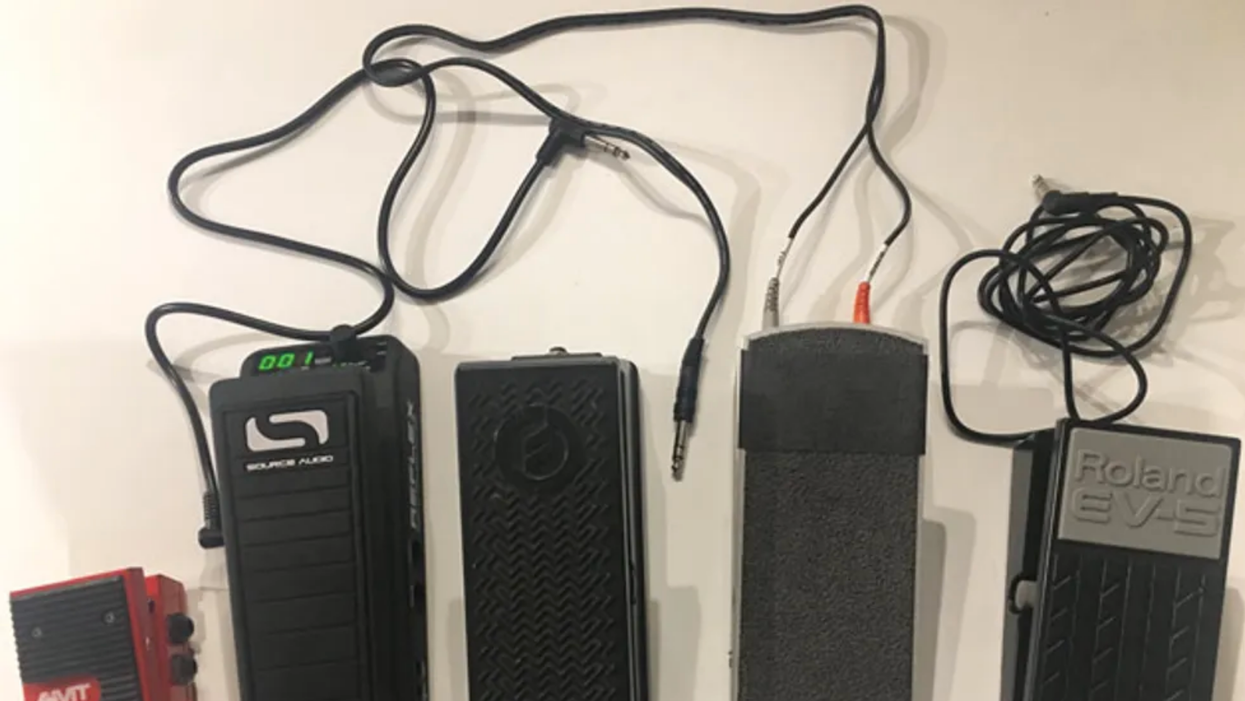
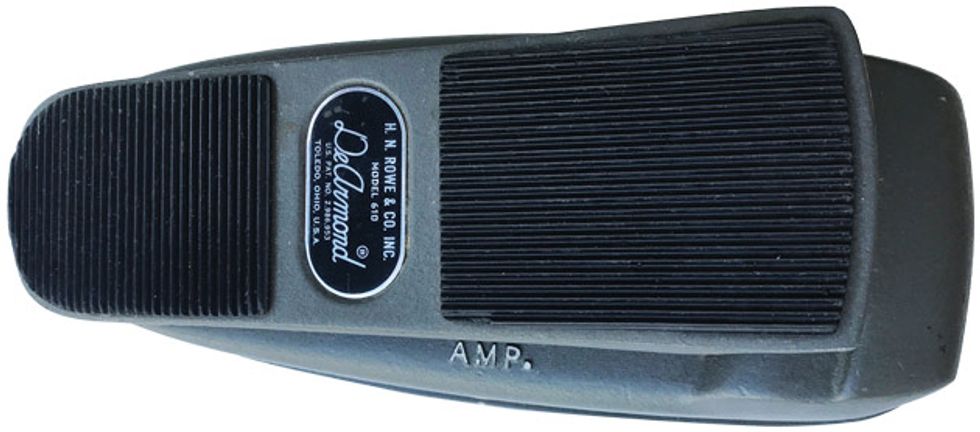
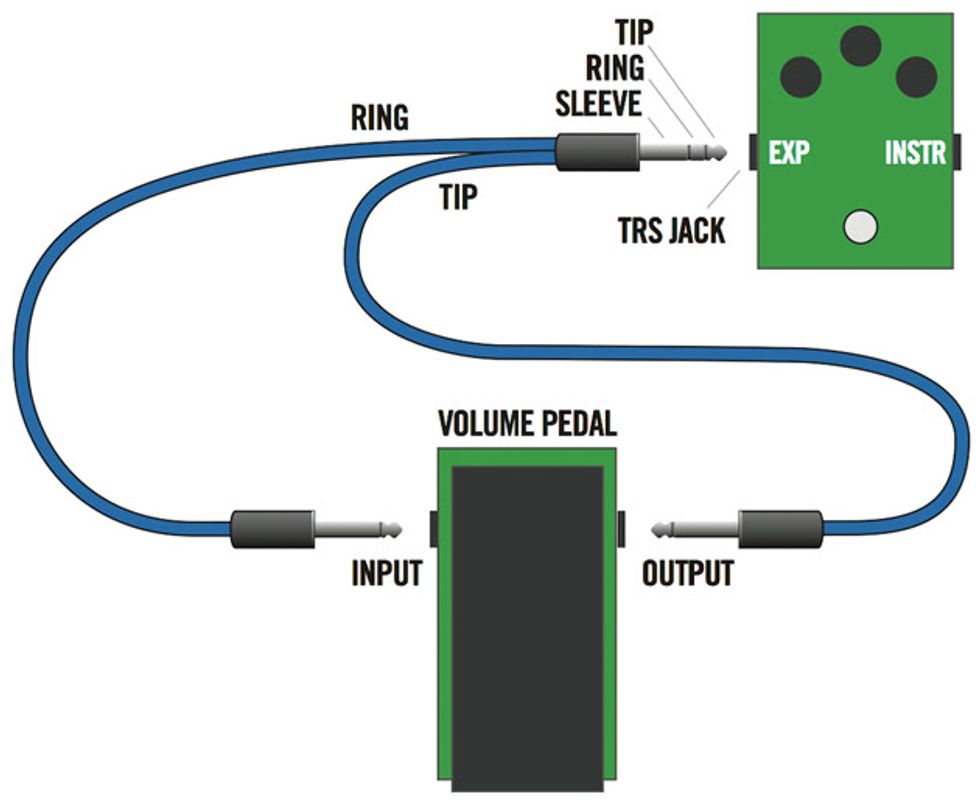
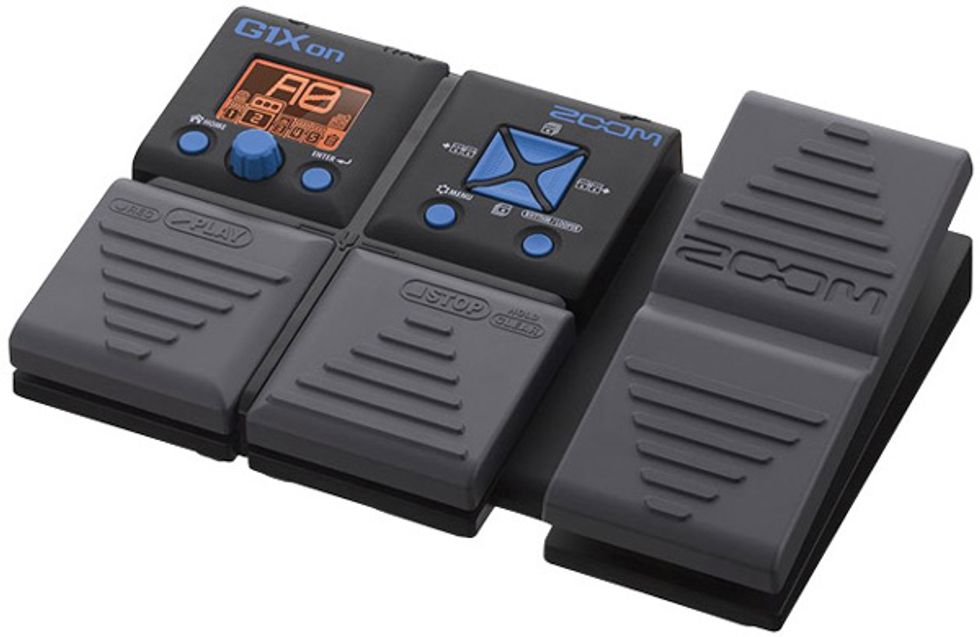
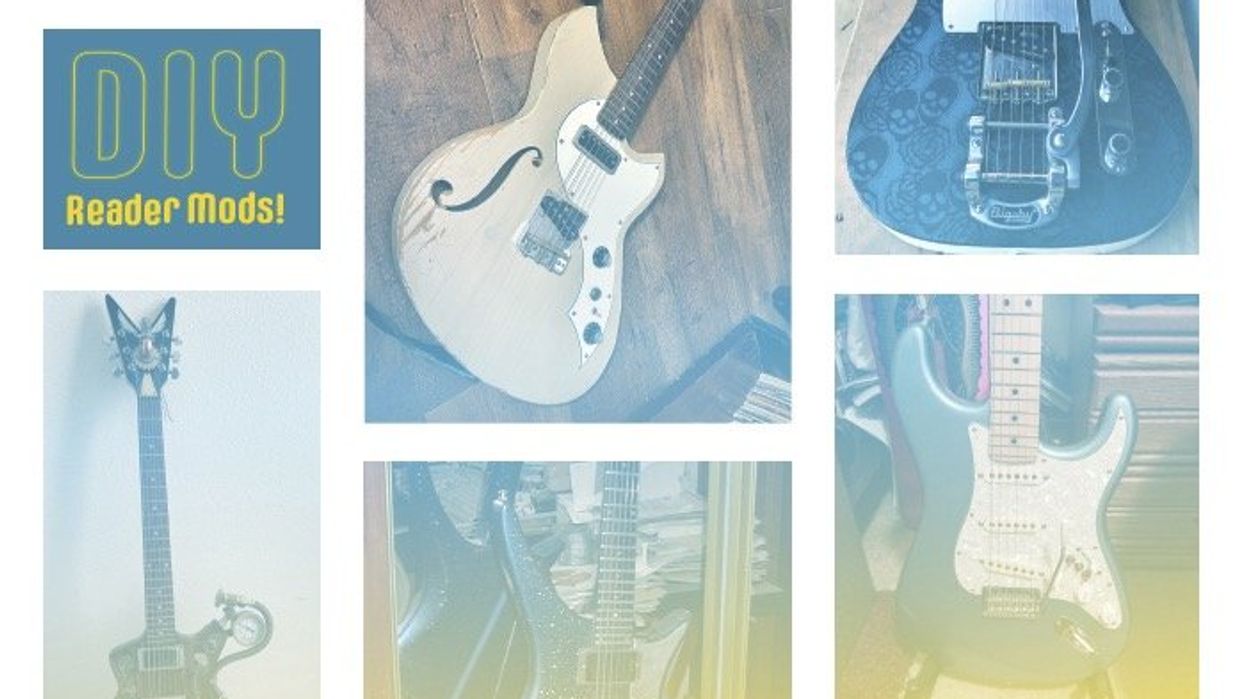
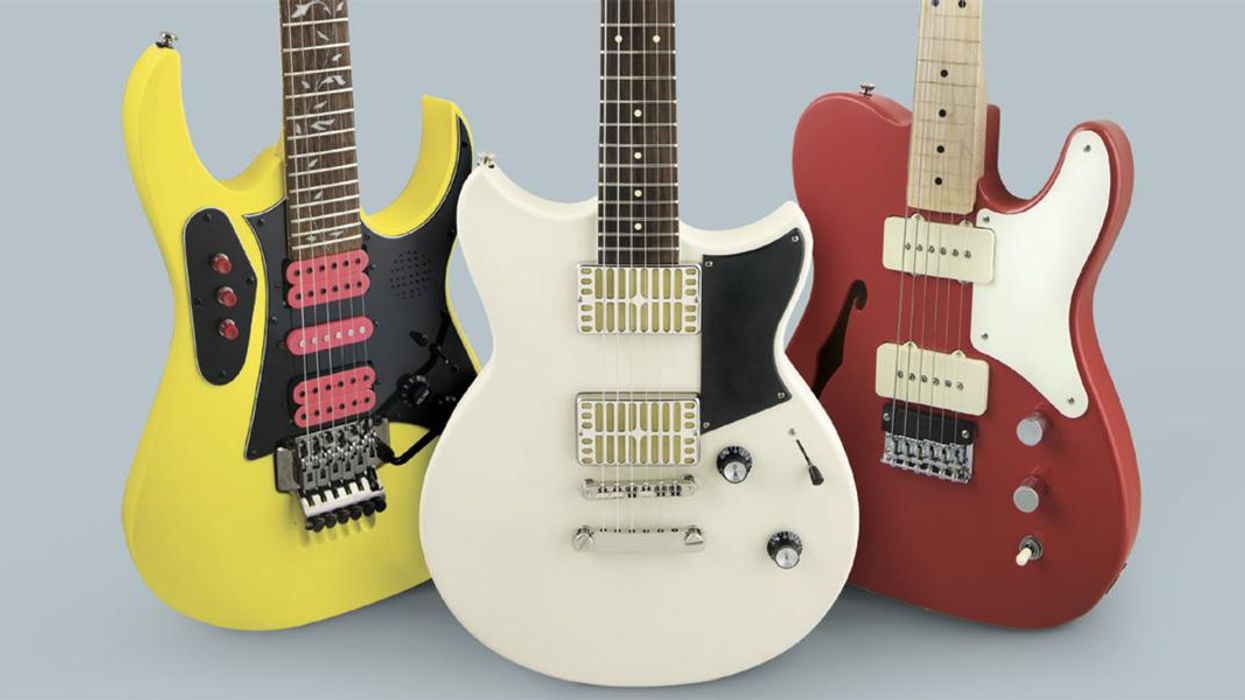
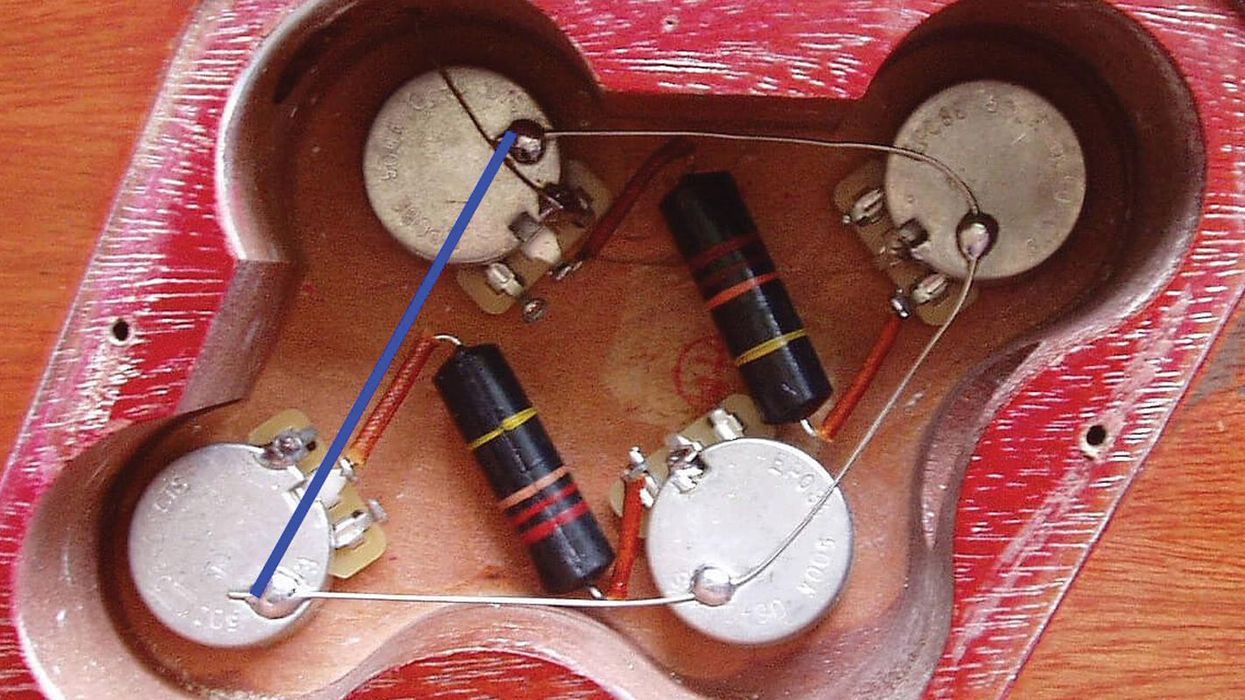
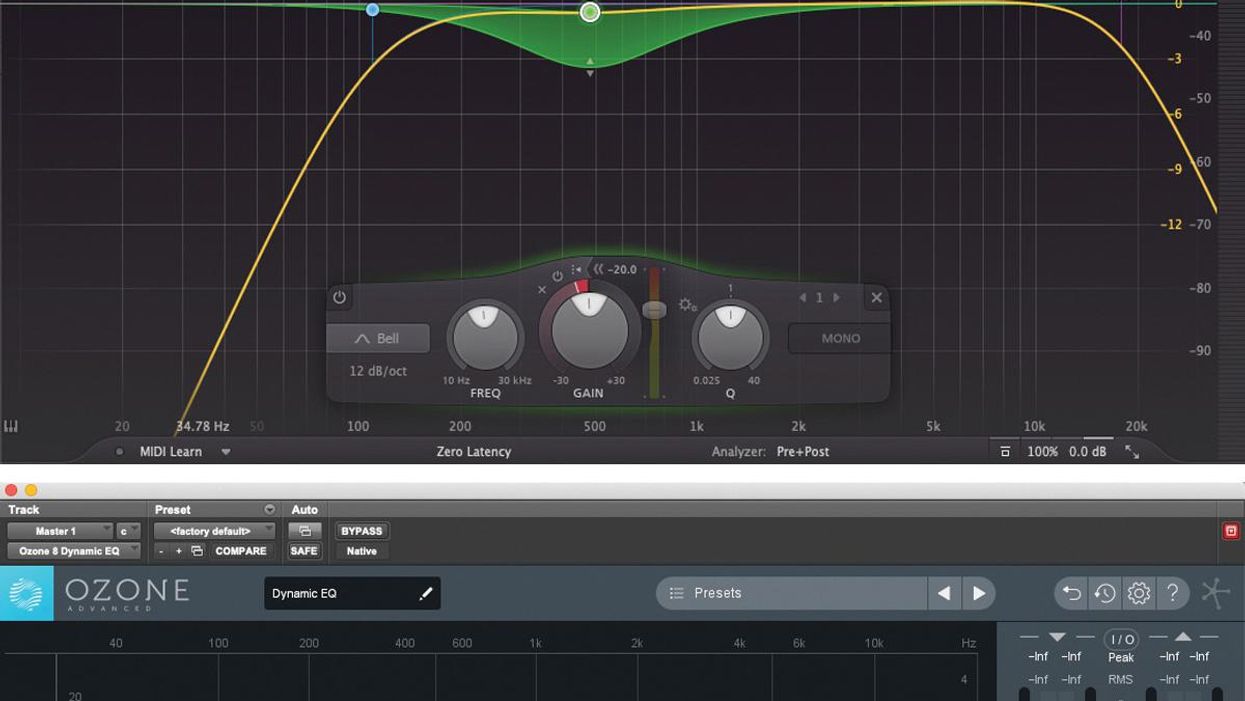




![Rig Rundown: Russian Circles’ Mike Sullivan [2025]](https://www.premierguitar.com/media-library/youtube.jpg?id=62303631&width=1245&height=700&quality=70&coordinates=0%2C0%2C0%2C0)








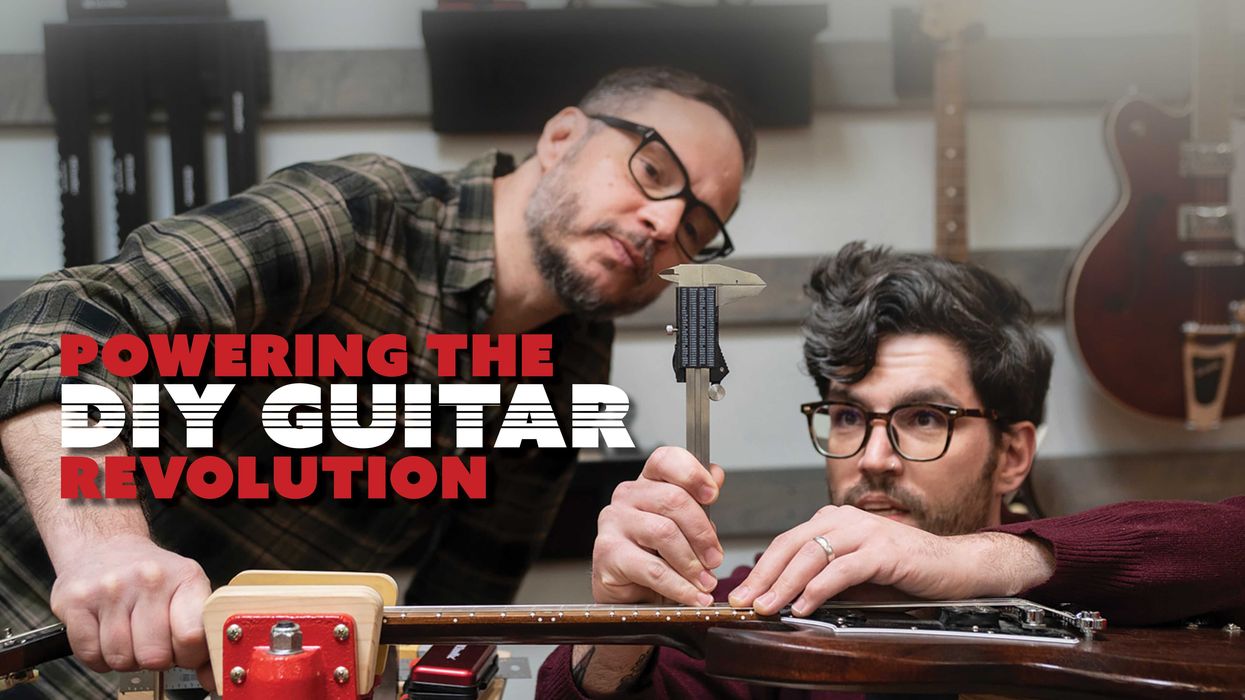
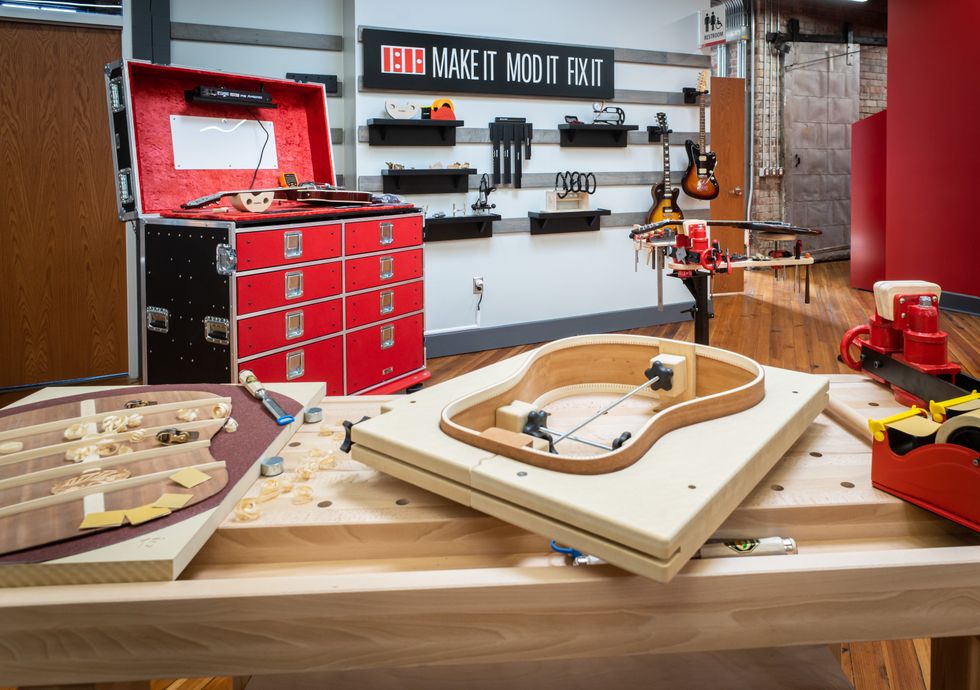
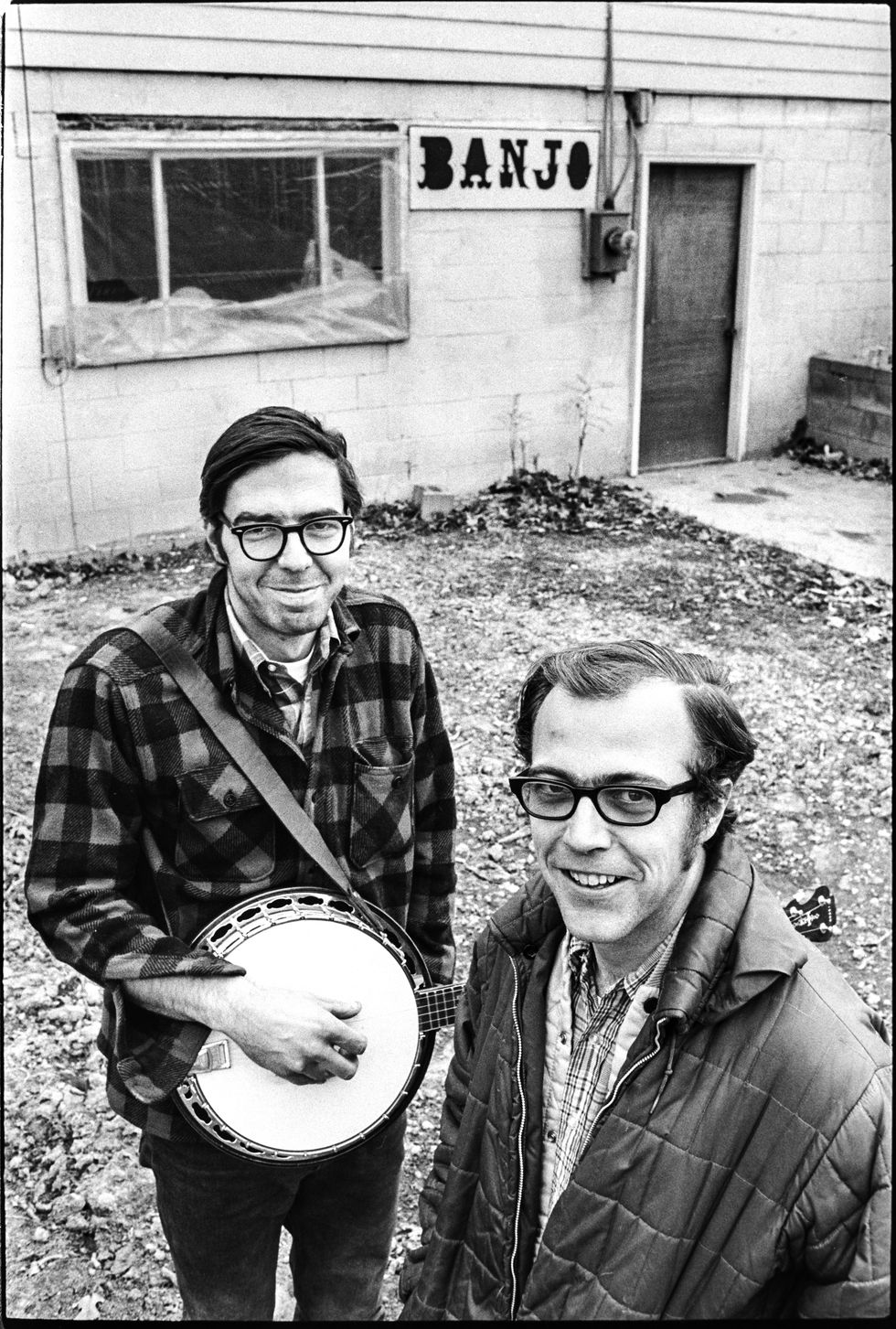
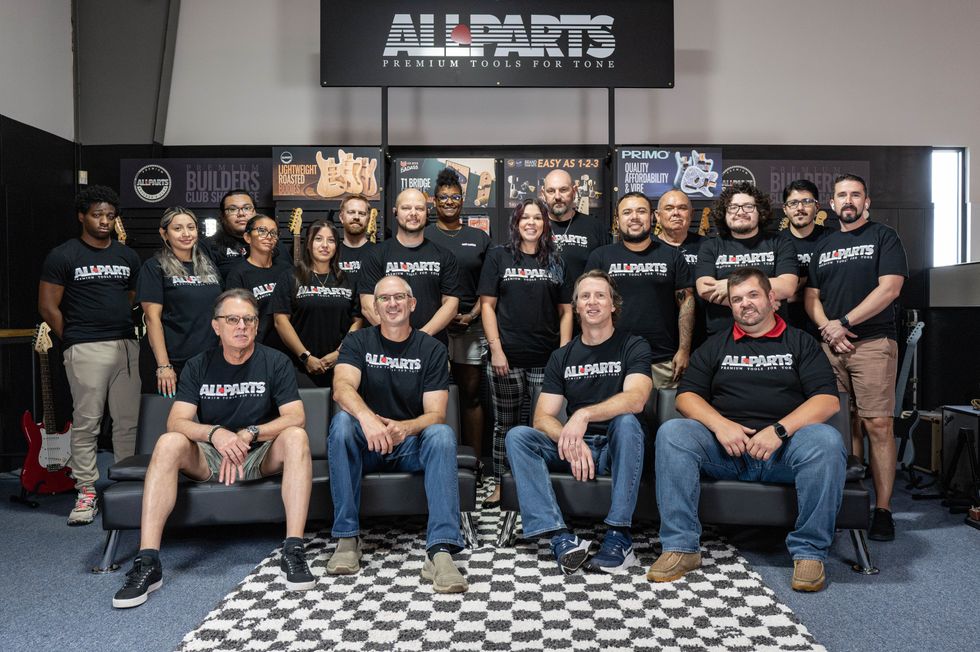 The Allparts team at their Houston warehouse, with Dean Herman in the front row, second from right.Photo by Enrique Rodriguez
The Allparts team at their Houston warehouse, with Dean Herman in the front row, second from right.Photo by Enrique Rodriguez